07 Mar Improve flash diffusion for macro photography with the built-in wide-panel
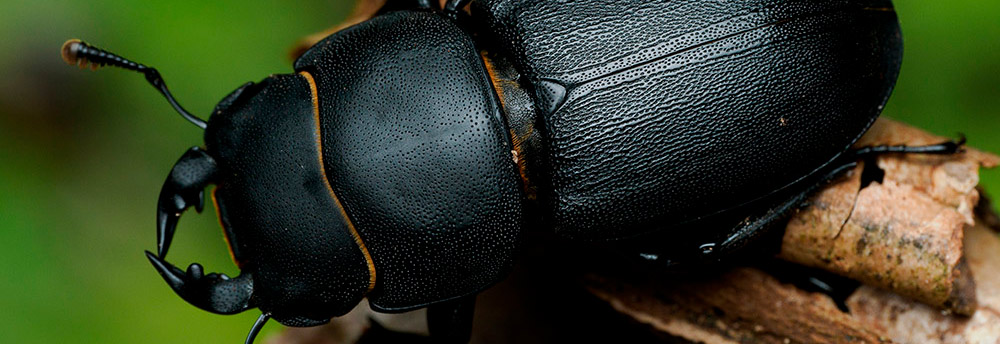
The macro diffuser
In macro photography using a flash is often unavoidable and actually brings a lot of benefits to photographing moving insects & spiders.
Diffusing the flash is extremely important to prevent hot spots to occur, especially on shiny or reflective surfaces.
The best solution to achieve good diffusion is using a dedicated macro diffuser.
This essential piece of gear will effectively channel the flash towards the lens front and at the same time soften the light.
A macro diffuser basically works in the same way as a softbox does in portrait photography.
These are two of the macro diffusers I currently use, and which i recommend (you can find my reviews of various macro diffusers here):
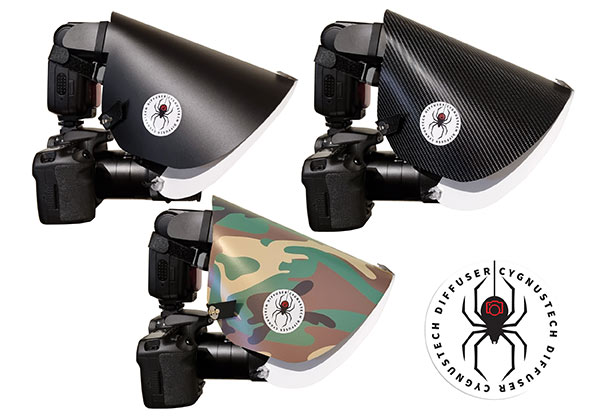
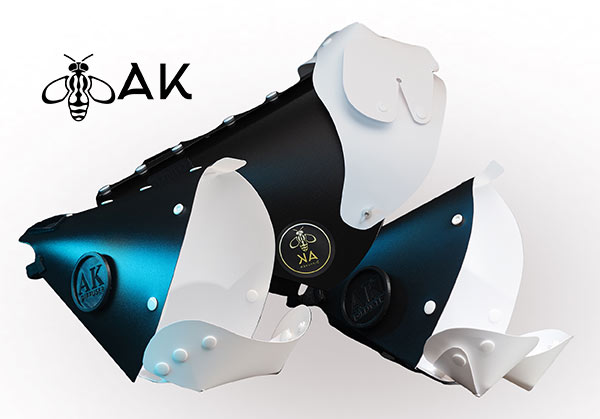
How to improve diffusion within a macro diffuser
Sometimes though, the flash head will create a lighter center in the reflection of the diffuser panel, as it is just too powerful to get completely diffused in the narrow space of the reflector/diffuser combination.
Every flash has a built-in wide panel to increase the angle of coverage to the widest option.
If we use this wide-flash panel inside our diffuser we scatter the flash/light early and ultimately achieve a double diffusion.
The light that reaches the diffusion panel of the macro diffuser is already scattered & softened by the wide panel and will get diffused again by the actual diffuser panel.
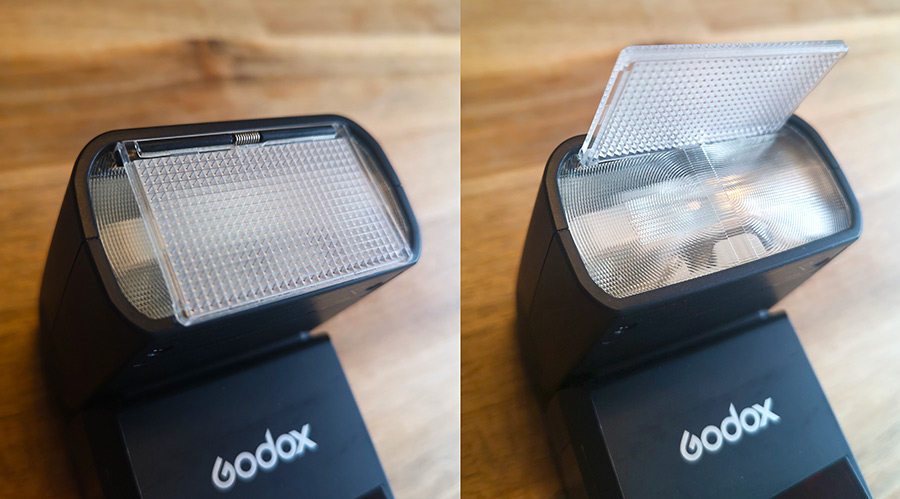
We achieve a maximum diffusion and nice & soft light on our subject.
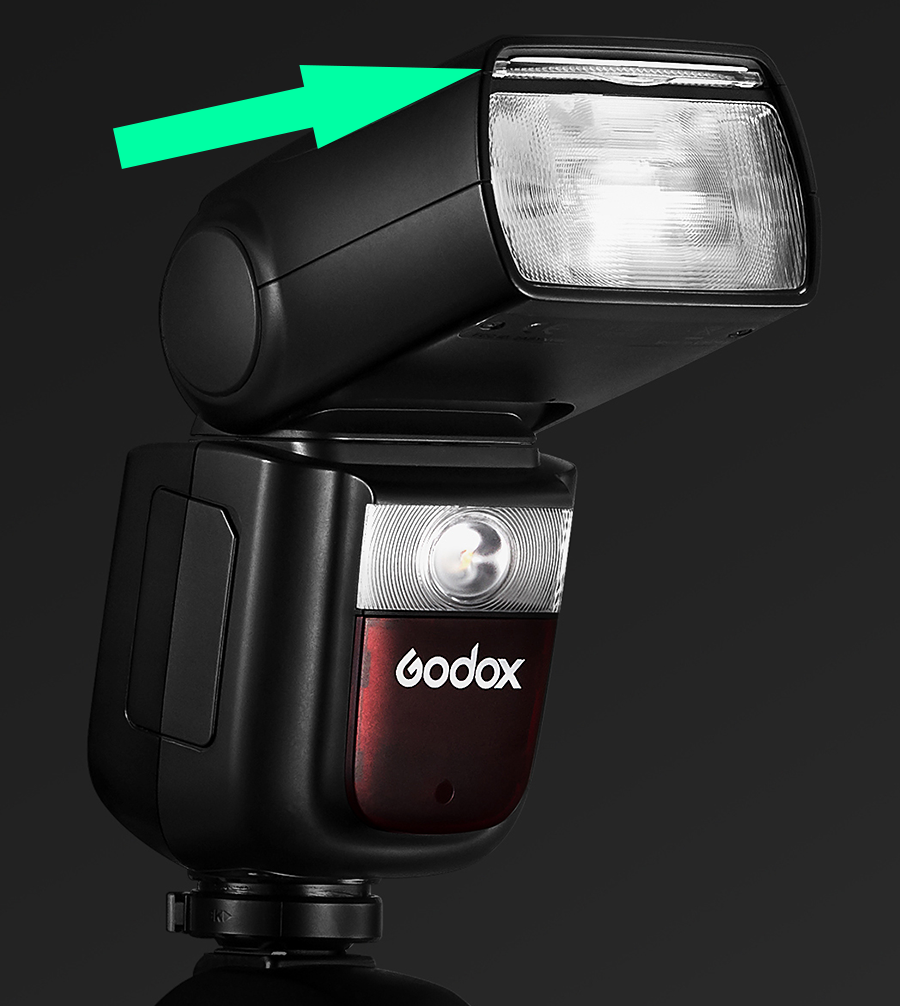
The benefit
The more we scatter and diffuse the flash, the more evenly our subject will be illuminated.
This will prevent hot spots that burn out details, texture or colors.
Incorporating an additional layer for diffusion in our lighting setup will accomplish exactly that.
The cost
Scattering the flash and hence diffusing it will result in less direct and hence less intense light to hit the subject.
The more we scatter the light, the more flash power we will need to illuminate the subject perfectly.
This means if we use the wide-flash panel, we will have to slightly increase the flash power to achieve the same illumination that we would have achieved without using it.
Sample Photos
The left photo of a Lesser Stag Beetle (Dorcus parallelipipedus) was shot with The AK Diffuser, without using the wide panel.
For the photo on the right, the panel was enabled. The settings were not changed inbetween shots.
You can clearly see, how using the panel costs light/illumination, but gives a subtle touch more diffusion.
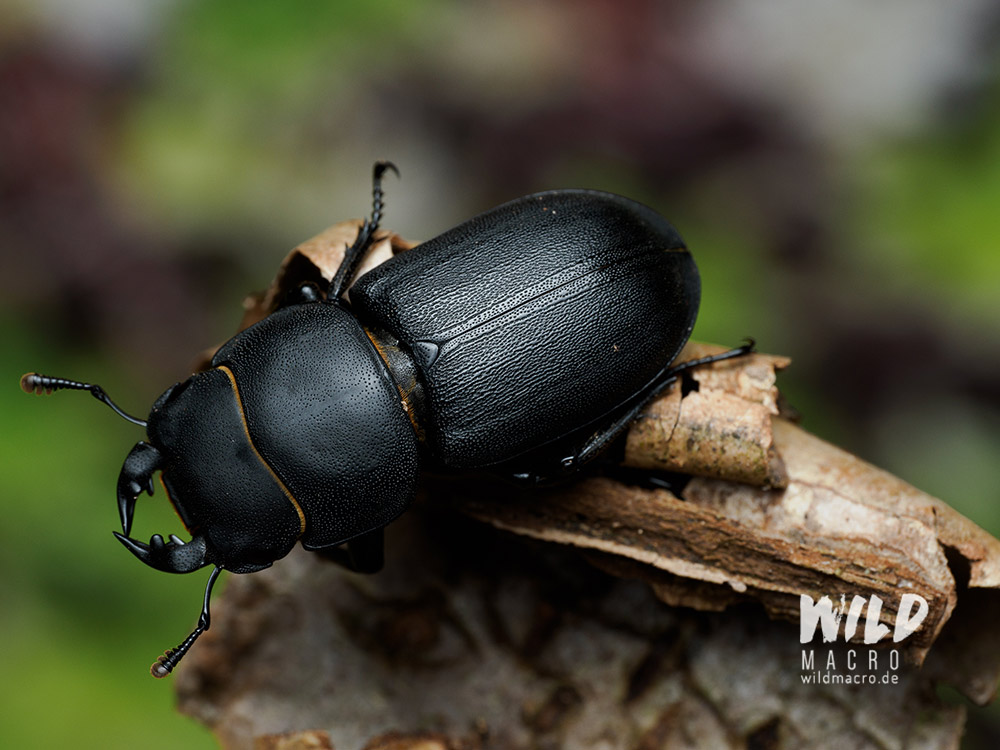
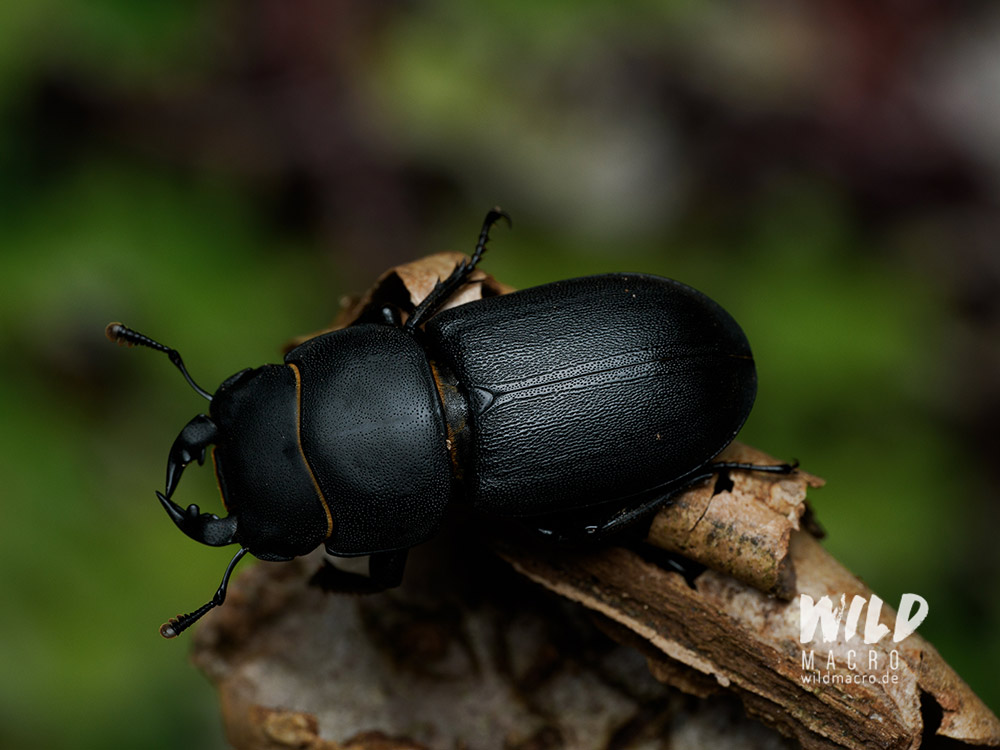
The same photos were now cropped to match the angle for better comparison, while the darker photo (on the right, shot through the wide panel) was lightened up to match the other´s exposure.
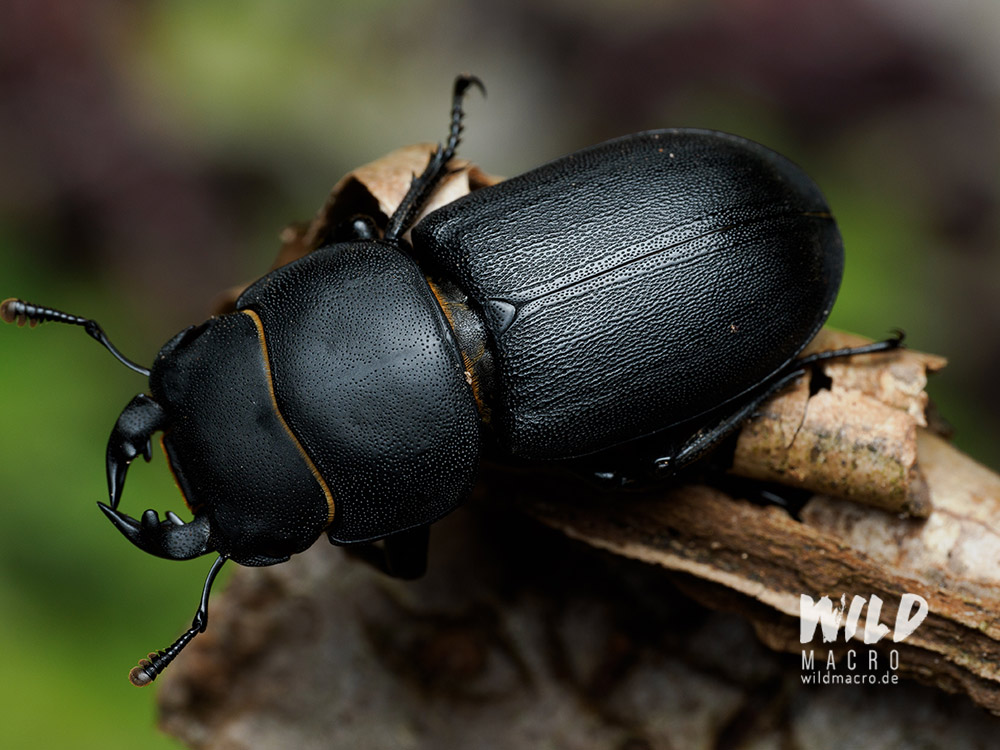
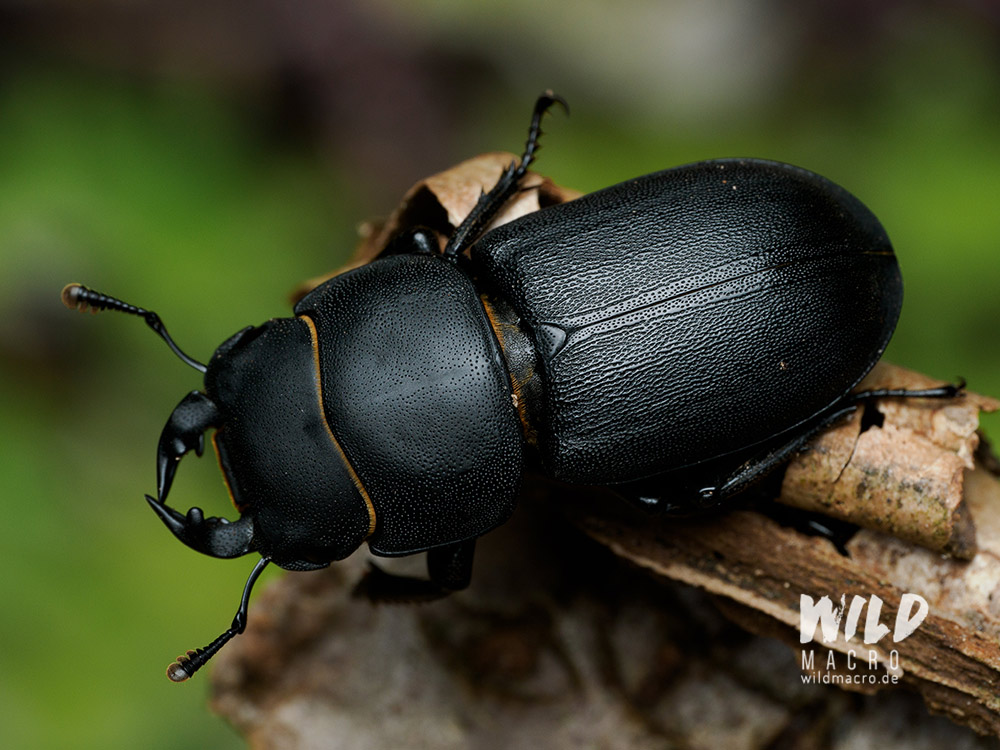
More sample photos to be added soon.
Conclusion
Like so often it is a matter of personal preferences and taste if you choose to use the built-in wide panel of your flash.
If you are simply trying to get the most diffused light possible, using the wide panel will definitely help – at the cost of using flash power.
If you can compensate the loss in flash power, then why not experiment with using the wide panel.
Another important factor for perfect diffusion is the distance between the diffusion layer and the subject, as well as the actual size of the diffusion layer.
You see, there are several components in the equation.
Tip: keep in mind that a lower flash power equals a faster burn-time of the flash and increases the movement-freezing effect of the flash.
Choose wisely what is more important for you, depending on the scenario.
Personally, I sometimes even prefer a little hotspot or lighter center in the diffuser reflection in my specimens eyes over a perfectly even light distribution.
This way it adds to the three-dimensional look, but as mentioned earlier, this is a personal preference and matter of taste.
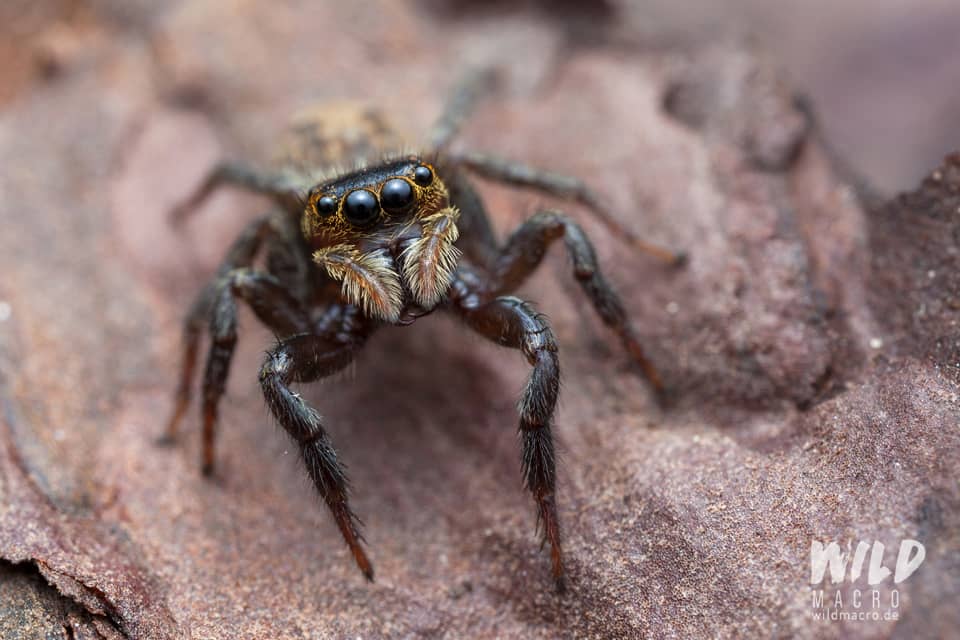

I also did not see much difference, when comparing photos taken with and without the panel.
Since i always apply post-processing to my photos and bring down the highlights, i will rather take more light instead of reducing it for an effect that i can achieve in post, to a similar degree, as well.
There is no right or wrong, but it is great to have options and know about them.
Try both and experiment.
Choose, what will ultimately get you closer to your desired results, or depending on the setting / situation / subject.



Jason Ogbourne
Posted at 20:42h, 25 MarchGreat article Chris, and something I’m regularly playing with. When using the MPE-65 I definitely don’t use the built-in diffuser on the flash as it’s always a struggle to get enough light to the end of the lens. For lenses that are shorter that require less flash power, I think the addition of the built-in diffuser can help smooth the highlights.
wildmacro-chris
Posted at 22:12h, 25 MarchYes, i agree. Zamir from AK Diffuser mentioned that in Salticid eyes, using the wide panel gives a nicer reflection and overall illumination of the diffusion panel, which is right, so using it could also depend on what type of reflective surface you´re shooting. Salticid eyes indeed would show the effect more recognizable than the beetle which i shot for the article.
Jens Leimann
Posted at 16:09h, 14 MayThanks for this valuable information Chris.
I’ve seen a post in the dpreview forum, that using the fast internal bracketing function of an om-d together with flash could result in burning a black hole into the wide panel due to overheating. I’m currently thinking of buying a Godox V860III for my OM-D EM1.3 because it might be powerful enough to use burst mode or fast bracketing with more than 5 fps. But of course I don’t want to destroy the flash the first day I’m using it.
What do you think?
Kind regards and greetings from northern Germany
Jens
wildmacro-chris
Posted at 18:26h, 14 MayMoin Jens,
also ich würde die Weitwinkelscheibe tatsächlich nicht fürs Dauerblitzen nutzen. Noch extremer ist das bei dem kleinen weißen Reflektor, den die Blitze haben, da dieser ja nur aus ganz dünnem Plastik besteht, da brennt sich wirklich schnell ein Loch rein.
Ansonsten bin ich mit dem V860III (und vorher dem V1) sehr zufrieden und habe den tatsächlich für Makro immer drauf.
Sonnige Grüße in den Norden 🙂
Jens Leimann
Posted at 08:59h, 15 MayVielen Dank Christian,
ich denke ich werde das höhere Gewicht des V860 in Kauf nehmen und bin damit für die Zukunft, in der ich mir irgendwann das 90er Makro von Olympus leisten werde, gewappnet.
wildmacro-chris
Posted at 10:39h, 16 MayMoin Jens,
ich denke das wirst du nicht bereuen, zumal der V860III das tolle Fokuslicht hat, was im Makrobereich, auch für Nacht-Makro, extrem hilfreich und praktisch ist.
Viele Grüße